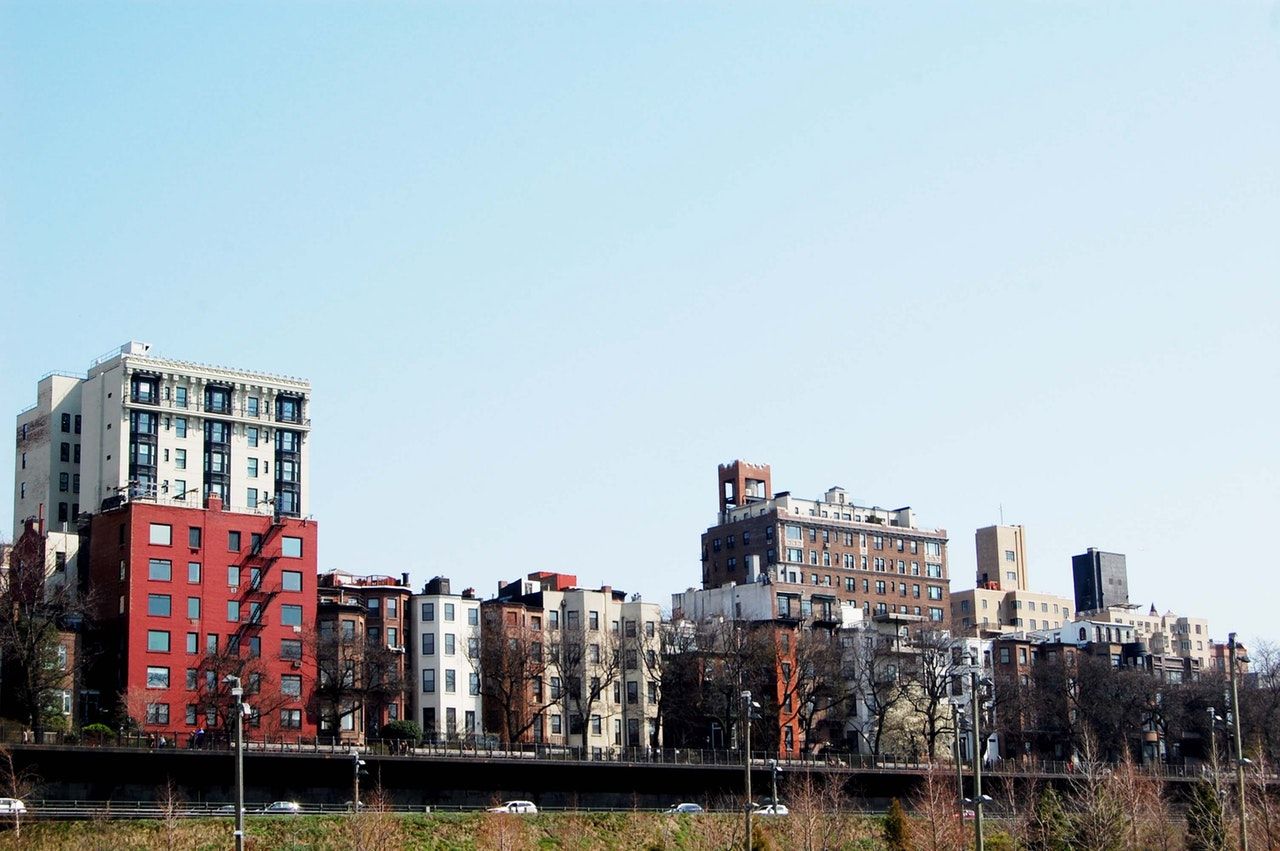Arbor Report Shows An Overall Increase In Small Balance Lending Activity
On August 2nd, 2019, Arbor released its Q2 2019 Small Balance Multifamily Lending Report, which analyzes a variety of trends regarding small-balance multifamily financing and investing throughout the United States. The report states that, while 2019 began to a slower-than-anticipated start, small balance multifamily lending activity is up substantially. In fact, for the 12 months between Q2 2018 and Q2 2019, small balance lending totaled $58.5 billion, up nearly 8% from 2018. This is the highest level of small-balance lending activity since the recession.

In addition, cap rates for properties financed by small multifamily loans have also dropped, likely as a result of falling Treasury yields. Some of the other most impactful findings from the report include:
- Labor Market Analysis: At first glance, the U.S. labor market appears relatively healthy, with demand for employees greatly exceeding the number of unemployed workers. Despite this, wage growth has been somewhat stagnant, perhaps due to the fact that many unemployed workers lack the skills that employers desire.
- Recession Expectations: A survey of economists’ expectations published in The Wall Street Journal shows that more than half believe a recession is coming in 2020, while around 35% believe a recession is coming in 2021.
- Lender and Borrower Risk: Smart small-balance borrowers should be prepared for what may happen during the next recession (whenever it does occur). However, this isn’t 2008; during this cycle, small balance lenders have stayed relatively conservative, despite significant increases in property values. And, despite the risk of a coming recession, multifamily properties are anticipated to perform better than other real estate asset classes.
- Positive Market Forces: Other forces that are likely to positively impact the multifamily market include diverse sources of capital (such as international capital sources), increases in average property operating income, and an acceleration in household income growth.
- Small Balance Loan LTVs: The average LTV ratio for Q2 2019 small balance loans was 67.8%, a slight decrease from the last two quarters. For the overall multifamily market, LTVs actually increased to 72.1%.
- Small Balance Loan Debt Yields: As of Q2 2019, the average debt yield for small balance loan-financed properties decreased to 8.6%; overall, between 2010 and mid-2016, average small balance loan debt yields decreased from 11.9% to 8.7%. Overall, for all multifamily properties, debt yields fell to 7.2% in Q2 2019.
- Interest Rates: Estimations suggest that interest rates are not likely to increase significantly this year, however, 10-year Treasury yields are expected to increase somewhat in 2020.
What Do The Report’s Conclusions Mean For Investors?
Arbor’s Q2 2019 Small Balance Multifamily Lending Report reaches broadly similar conclusions to many of the other multifamily industry reports that have been released in recent weeks. Overall, interest rates are still low-- and are not expected to significantly rise, at least in the next few months. Despite some concerns about a coming recession, the multifamily market is anticipated to remain relatively healthy, with the multifamily sector expected to weather any potential economic storms more easily than other types of commercial real estate. Overall, if the report's conclusions are to be taken to heart, it remains a great time to invest in multifamily-- despite the uncertainties that lie around the corner.
